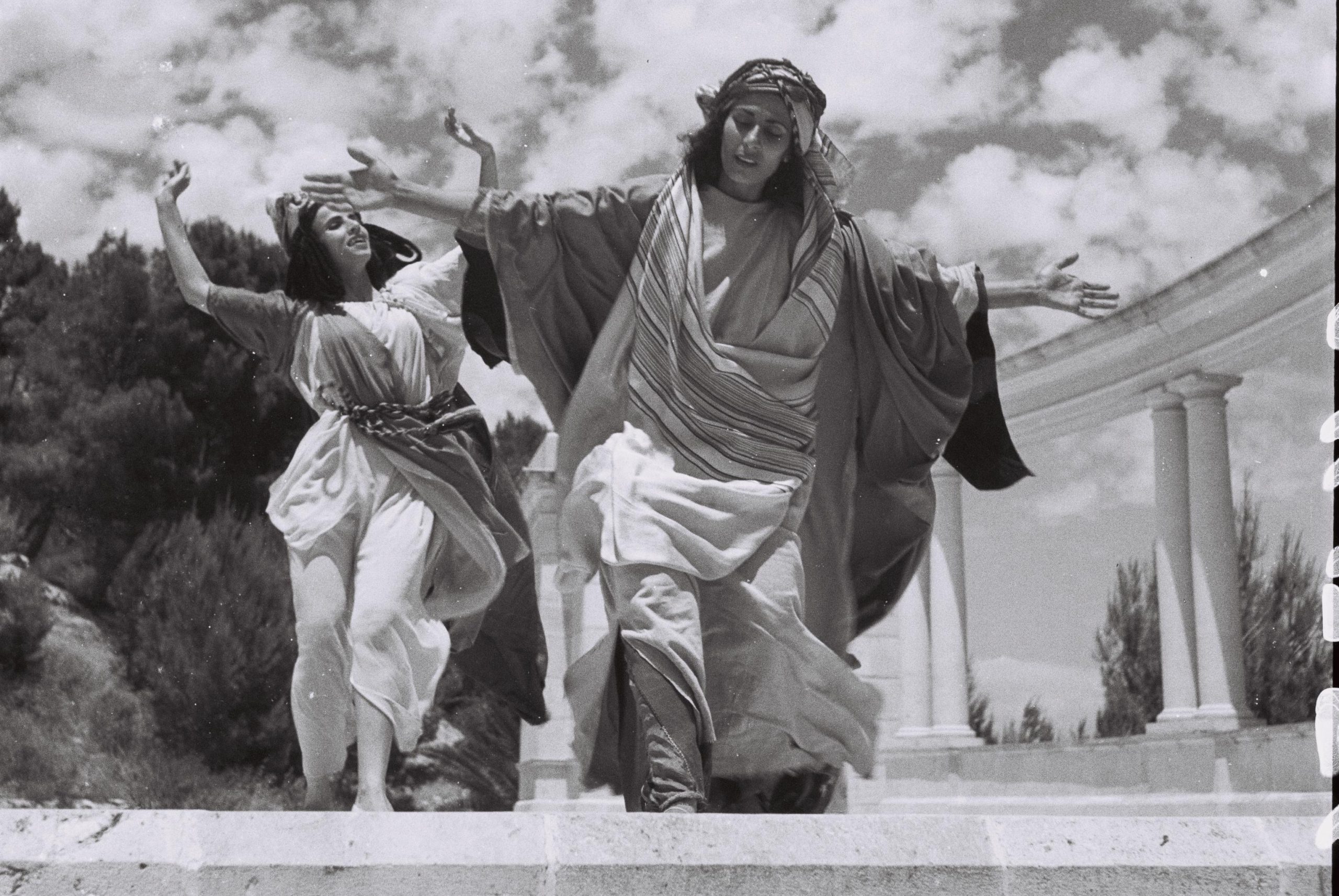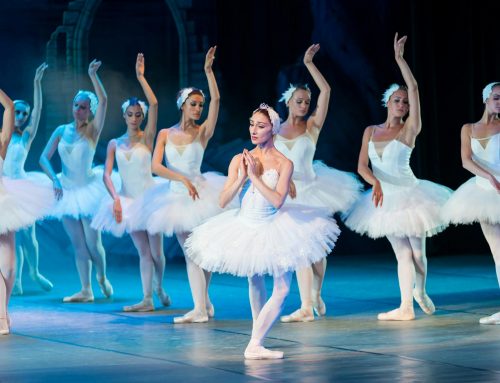Did you know, that before Pina Bausch who revolutionized dance and created a new form of dance theater that broke away from traditional ballet’s more rigid structures, there was Rina Nikova who took an innovative approach to ballet instruction, which predated Pina’s methodologies?
Nikova developed a teaching method where she trained each dancer individually, considering each one’s character and physical attributes, teaching them the principles and techniques of classical ballet without trying to alter their natural plasticity. She even encouraged the women to dance during their routine household chores, like cleaning, laundry, or baking bread.
Classically trained Rina Nikova shifted focus on enhancing each dancer’s unique qualities rather than molding them into a one-size-fits-all technique. This philosophy not only highlighted the physical and emotional diversity among dancers but also likely contributed to a more inclusive and creative environment within her ballet troupe. Such approaches are now more common in contemporary dance practices but were quite innovative at the time when Nikova was teaching.
Today Rina Nikova is known as one of the pioneering figures in ballet of Israel.
Rina (Rosa) Rubnovich was born in 1898, with sources citing either Bialystok or Saint Petersburg as her place of birth. She began her ballet training relatively late at age 16 but was fortunate in her teachers, studying under Nikolai Legat during his tenure at the former Moscow Imperial School, and Juliette Mendes, one of the daughters of Hosé Mendes, a ballet master at the Bolshoi Theatre. In 1922, Nikova emigrated with her parents to Berlin, where she continued her training under Eugenia Eduardova, a former lead dancer at the Mariinsky Theatre.
She took the name Nikova upon marrying and shortening her husband’s surname, Sapozhnikova. Around this time, she began performing, touring in France, and even performing alongside Lydia Sokolova and the Russian Ballet, although she remained primarily a character dancer, which shaped her future career.
In 1925, Nikova moved to Palestine and settled in Tel Aviv, where she became the prima ballerina and choreographer of the Palestinian Opera (the first opera theatre in Israel, founded by Mordechai Golinkin, a friend of Chaliapin). Simultaneously, she established her own ballet studio—the first classical ballet school in Israel.
When the opera theater closed in 1928, Nikova went on tour. In 1929, she performed at the Metropolitan Opera in the American premiere of Stravinsky’s “Les Noces,” choreographed by former Bolshoi ballerina Elizaveta Yulyevna Anderson-Ivantsova.
In the 1930s, she founded the “Biblical Ballet,” a small ballet company consisting of seven Yemenite Jewish women. They performed and sang pieces based on biblical stories. The troupe was tremendously successful. In the late 1930s, they traveled to Paris, where the famous impresario Sol Hurok saw them perform. He took them under his wing and helped organize a highly successful European tour.
The war disrupted their planned American tour, and the troupe returned to Palestine.
However, Nikova was undeterred. She opened two ballet studios—one in Jerusalem and another in Tel Aviv. She remarried and continued to promote classical ballet, although she eventually had to abandon this pursuit due to the lack of
professional classical dancers and even basic necessities like pointe shoes. Responding to Nikova’s request, Hurok sent a crate of pointe shoes, all size 40, which, ironically, was at the same time that her compatriot Jacob Bloch was opening the first pointe shoe workshop and store in Australia.
Nikova shifted her focus to folk dance. She skillfully incorporated rich local folklore into her productions’ plots and choreography. She arranged with the Jerusalem Workers’ Council to involve talented young men from union activities in her shows. Unable to tour Europe, she took her troupe to South Africa instead.
In 1970, at the age of 72, Nikova opened her dance academy, the House of Rina Nikova, featuring two studios below and a small apartment above, in Jerusalem. Four years later, her life was tragically cut short when she was accidentally struck by a motorcyclist.
After her death, while specific records of what exactly happened to her schools might be sparse, the tradition and influence of her work likely continued through her students and through other dance institutions that may have been inspired by her methods and passion for ballet. The development of dance in Israel has been robust, with the country becoming known for its vibrant contemporary dance scene, and foundational figures like Nikova certainly played a role in building this reputation.











